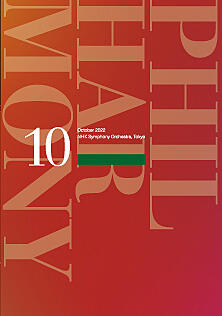- Home
- Concerts
- Subscription Concerts 2022-2023
- Program C
- No. 1966 Subscription (Program C)
No. 1966 Subscription (Program C)
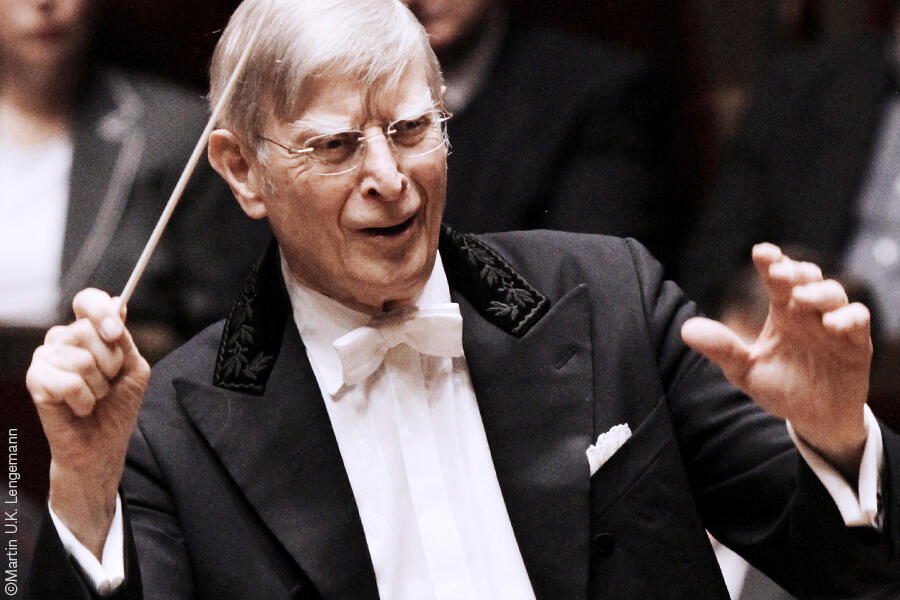
Program
Schubert / Symphony No. 1 D Major D. 82
By and large, geniuses build on their gift while following the model of their brilliant forerunners. From this angle the first symphonies of great composers are commonly intriguing, as the works reveal their unmistakable musical identity but also reflect diverse influences they owe to their predecessors.
Born in Vienna in 1797, Schubert was a precocious musical genius. His family introduced him to music before he enrolled in 1808 in the Stadtkonvikt (imperial seminary), where he studied composition under the Italian composer Antonio Salieri. While in school, Schubert became familiar with Classical works by Haydn, Mozart and Beethoven, and he performed in and conducted the seminary’s student orchestra which presumably premiered this Symphony D. 82 in private in October 1813 just before he left the school.
D. 82 is the extant first symphony that Schubert completed at the mere age of 16. It shows influences of the First Viennese School in respect of form and style, particularly of Haydn. Indeed, the first movement has a majestic introduction dominated by dotted rhythms, reminiscent of the opening of Haydn's London Symphony No. 104 (1795). The vivacious main section is in sonata form. Its mellifluous, lyrical second theme introduced by strings is sheer Schubertian. The next slow movement, in systematic A–B–A–B–A form, is marked by creative harmonic shifts which are, again, very Schubertian. Then comes next the Classical minuet movement. Its central Trio section reminds us of "ländler", a Bavarian and Austrian peasant dance of which Shubert himself later was to write many. The sunny finale in sonata form has an Italian vigor frequently associated with the style of Gioachino Rossini (1792–1868). From the outset, it is urged on by virtually restless eighth notes on strings to reach the elated ending.
[Kumiko Nishi]
Schubert / Symphony No. 6 C Major D. 589
Schubert lived in relative obscurity. In all his life, not one of his symphonies had the opportunity to be officially heard. And D. 589 was the first one which was publicly premiered on December 14th, 1828, within a month after he died at the young age of 31. For the concert, Schubert had originally dedicated his Symphony in C major D. 944, known today as The Great, to the Gesellschaft der Musikfreunde (Musikverein Wien). However, they replaced the gigantic work, which was hard to perform with the smaller Sixth in the same key. The posthumous byname of the latter, Little C major, is certainly useful to distinguish it from The Great in duration, but the two have their own musical value and charm.
Schubert started to pen the Sixth in October 1817 after writing the famous songs Der Tod und das Mädchen (Death and the Maiden) and Die Forelle (The Trout) in early 1817. Completed in February 1818, the symphony was privately performed the same year in the home of his friend and violinist Otto Hatwig in Vienna.
With the stately opening of the first movement, Schubert noticeably pays homage to his idol Beethoven, probably to the elder man’s Symphony No. 7 premiered in 1813. In the Allegro main section, Schubert let woodwinds state both the hopping-around first theme and the syncopated second theme. This carefree movement has an unexpected coda with an uproarious galloping dash. In the slow movement, the serene section alternates with the almost aggressive section full of triplets. The next is not a Classical standard Minuet movement, but the first Scherzo movement that Schubert adopted following Beethoven who invented this new symphonic arrangement. The smiling, eventful finale begins quietly with the first sonata theme on strings. The three other themes include one that is episodic and march-like. The brilliant coda concludes this "little" symphony epically and energetically.
[Kumiko Nishi]
*This concert will have a duration of 60 to 80 minutes without an interval.
Artists
 ConductorHerbert Blomstedt
ConductorHerbert Blomstedt
Born in 1927, now reaching his mid-nineties, Herbert Blomstedt is literally the conductor enjoying the strongest bond with the NHK Symphony Orchestra. Since their first collaboration in 1981, he has returned to the orchestra's podium frequently, with rarely longer than a two year interval. Needless to say, with a popular repertoire centered on the German and Austrian sphere, in recent years, he has actively been taking up works by Northern European composers (Grieg and Nielsen will be featured in Program B in October). The collaboration with the NHK Symphony Orchestra, as both sides deeply know each other's music, leaves a profound impression engraved in the hearts of audience, thus making a legendary performance each time they work together.
He was born to a minister father and a pianist mother, and started his career as a conductor in Northern Europe. As a devout Seventh-day Adventist and music missionary, he became Chief Conductor of the Staatskapelle Dresden in 1975, a position which had remained vacant for years, and led the orchestra to build a golden age, and at the same time, his fame became known to the world. Disapproving of the former East German government's involvement in art, he assumed the position of Music Director of the San Francisco Symphony Orchestra in 1985 (–1995), then led the NDR Sinfonieorchester (presently NDR Elbphilharmonie Orchester) (1996–1998), and the Gewandhausorchester Leipzig (1998–2005). After that, he has distanced himself from taking a fixed position, however, he has continued appearing with world’s most renowned orchestras including the Berliner Philharmoniker and the Wiener Philharmoniker. The NHK Symphony Orchestra awarded him the title of Honorary Conductor in 1986 and Honorary Conductor Laureate in 2016.
[Mitsunori Eto, music critic]
Pre-concert Chamber Music Performance
Pre-concert Chamber Music Performance
Program:Schubert / String Quartet No. 6 D Major D. 74̶3rd and 4th Movement
Artists
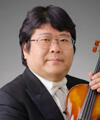
Masahiro Morita
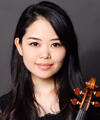
Kirara Tsuboi
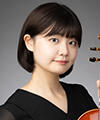
Rachel Yui Mikuni
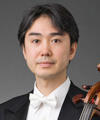
Yuki Murai
Download
Ticket
Program C
No. 1966 Subscription (Program C)
NHK Hall
Google Map
Seating Chart
Single Tickets Release Date
Pre-sales for Subscribers:Thursday, August 4, 2022
*about subscribers
Sale to General Public:Sunday, August 7, 2022
Price
| S | A | B | C | D | E | |
|---|---|---|---|---|---|---|
| Ordinary Ticket | 7,400 | 6,500 | 5,200 | 4,200 | 3,200 | 1,600 |
| Youth Ticket | 3,500 | 3,000 | 2,400 | 1,900 | 1,400 | 800 |
Seating chart Enlarge Print PDF
*tax included
*About Youth tickets (Available at N-Kyo Guide)
*Subscribers receive a 10% discount (Available at NHKSO WEB Ticket and N-Kyo Guide)
*For wheelchair-accessible seats, please refer to the N-Kyo Guide
Starting Dates of Ticket Sales
ANNUAL SUBSCRIPTION TICKETS/
SEASONAL SUBSCRIPTION TICKETS (AUTUMN) Mon., July 18, 2022 11:00am
[For Subscribers: Thu., July 14, 2022 11:00am]
Youth Tickets
Youth Tickets are great options for those of 25 years old and younger
WEB Select 3 Plus
Choose three or more of your favorite concerts and get a discount on single tickets
*Only available at NHKSO WEB Ticket NHKSO WEB Ticket (Accesible from Japan only)
For further information and subscription application
N-Kyo Guide TEL:0570-02-9502

